In the comments on my post, “Likes on Facebook Are Not A Victory: Results Are,” Carie Lewis shared her killer deck on PREZI offers some advice for engaging your network after they click the “like” button. It was too good not to share.
Carie Lewis mentioned the Humane Society’s KPIs – which is why they do and how they measure this sustained engagement.
“We tie our social media efforts back to three KPIs: actions taken, donations made, andcustomer service wins. That’s also how we’ve been able to obtain more resources to handle the volume we have.”
She went to say that she thinks too many folks are focused on the Facebook Like as the social media success metric. “Who cares? Do those people do what you want them to do, like advance the mission of your organization?. The point is that the LIKE is the start of the relationship, not the end.”
There was a little bit of kismet happening. Not minutes before, KD Paine had just said the same thing in an email: “Relationships are the end result of all the interactions and engagements you have with an organization, in social media or otherwise.”
I asked her how do you measure relationships? She advises using various parts of the Grunig instrument which you can be done for free using Survey Monkey or Zoomerang or a poll on a blog.
She also touched in some of the challenges of “proving” cause and effect between relationship building AND social media:
In an ideal world, you’d conduct a relationship benchmark survey BEFORE you do any social media, and then repeat the same survey after every major social media initiative to see if your new networking outreach efforts are improving relationships. The problem is that most people are already doing something before they decide to measure. And very likely they are simultaneously doing direct mail and/ or events or PSAs etc. So THEN the problem is figuring out whether the relationships have improved due to social media or something else. The way to do that is with statistical factor and ANOVA analysis which definitely requires an advanced level of practice and enough data.
She suggested a more realistic approach – to measure along the ladder of engagement through the actual interactions – comments, click thrus, retweets, expansion of the network etc. She recommends a periodic (minimum annually) relationship survey among members or constituents to test the overall health of the relationship with the organization as a whole. She warns that questions need to be consistent from year to year you’ll be measuring apples and oranges.
Is your nonprofit measuring the health of its relationships with audiences to help you improve your communications/social media efforts? Do you measure along the ladder of engagement? Let me know in the comments.
